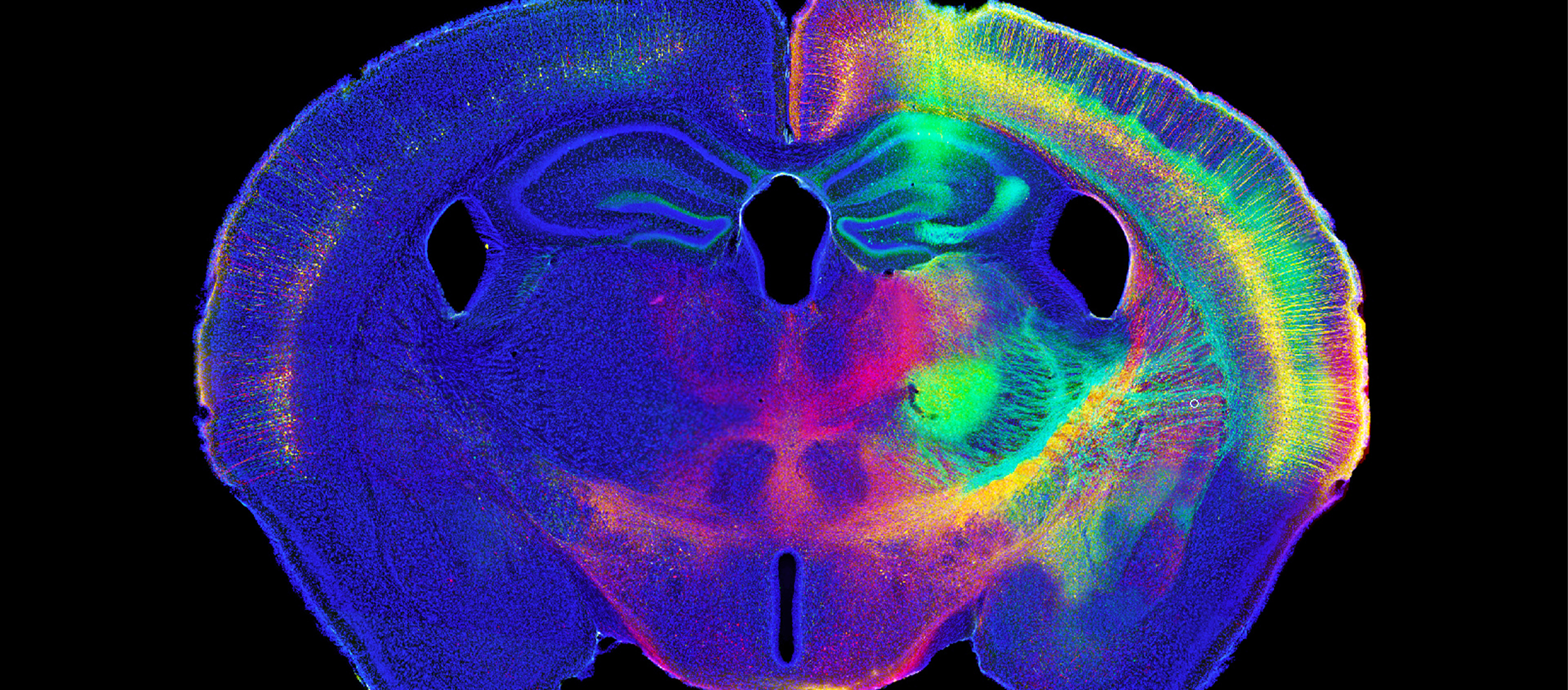Scientists Assess Kidney Damage with Stereo Investigator, Determine Ultrasound Prevents Organ Injury
When it comes to health, kidneys are critical. From regulating blood composition to maintaining calcium levels, the pair of bean-shaped organs perform several essential tasks. Needless to say, interruption to kidney function can be disastrous. Working with scientists in South Korea, researchers at the University of Virginia found a surprisingly simple treatment for renal ischemia-reperfusion injury (IRI) in mice, which is a model of acute kidney...
Read More












